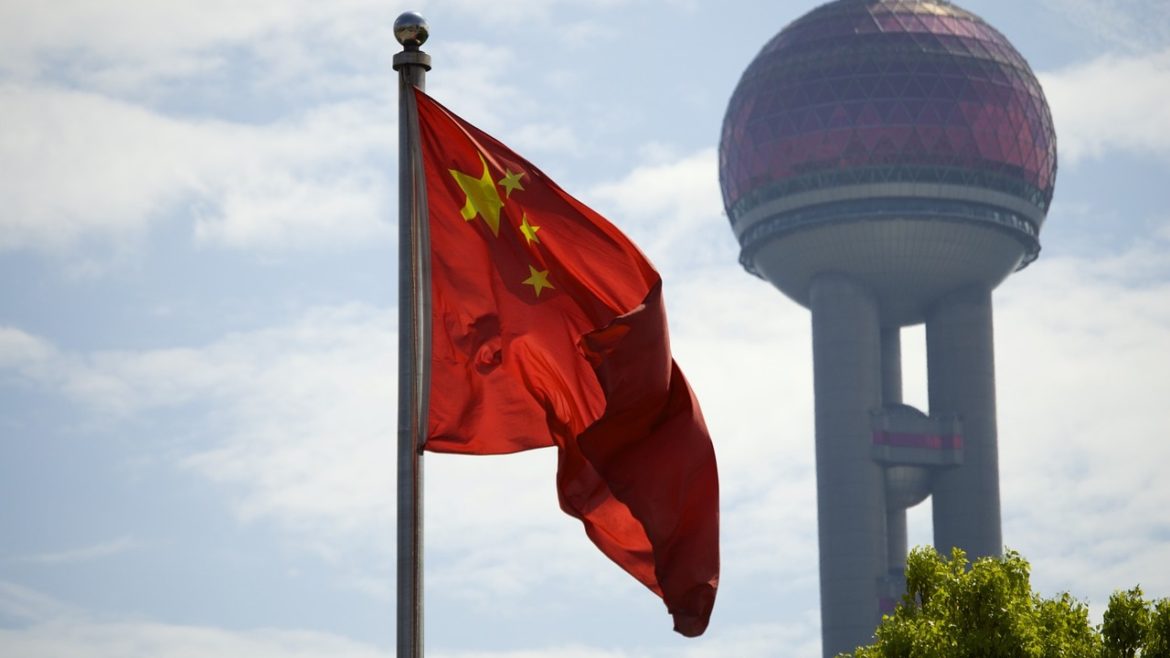Gold has all the potential to go unprecedentedly high. But silver will be gold on
Site:
Precious metals news
Oct 19, 2021 - 07:18:17 PDT
The Covid-19 pandemic may have bloated public debt to levels already pushing some governments to consider consolidation, but that’s nothing compared to the fiscal difficulties brewing in the coming decades, the OECD said.
Power shortages are turning out streetlights and shutting down factories in China. The poor in Brazil are choosing between paying for food or electricity. German corn and wheat farmers can't find fertilizer, made using natural gas.
More than a year and a half after the coronavirus pandemic upended daily life, the supply of basic goods at U.S. grocery stores and restaurants is once again falling victim to intermittent shortages and delays.
Procter & Gamble said the cost of materials and freight jumped more than expected, cutting into profit, though it maintained its outlooks for the year.
Oct 19, 2021 - 06:51:25 PDT
Costs soared, profit fell despite price increases, more price increases coming to a shelf near you. “We do not anticipate any easing of costs”: CFO
Following August's surprisingly large jump, building permits and housing starts were expected to slow down significantly in September, and slow-down they did.After the 5.6% MoM surge (revised down from +6.0% MoM) in August, Building Permits plunged 7.7% MoM in September (dramatically worse than the 2.4% MoM drop expected).
Gold demand in China was up in September, as the country approaches a peak gold-buying season.Both gold withdrawals from the Shanghai Gold Exchange (SGE) in September and gold imports in August were up, a sign that the Chinese gold market continues to recover after it was hit hard by the coronavirus pandemic.
Gold snapped a two-session slide to advance 1% on Tuesday as a weaker dollar and lower U.S. Treasury yields supported prices and lifted bullion’s appeal.
Gold prices were on the front foot on Tuesday, rising as much as 1%, as a sluggish dollar lifted bullion’s appeal in the face of increasing inflation expectations.
The biggest risk to markets have always been policy mistakes by central banks and/or governments. The risks are rising as confusions about inflation abound. The reality is Central banks have tripped themselves – by assuring us inflation was transitory, they’ve pretty much nailed on its permanence!
 One Bank Reveals The Dismal Truth About The $150 Trillion Crusade Against Climate Change
One Bank Reveals The Dismal Truth About The $150 Trillion Crusade Against Climate ChangeOct 19, 2021 - 05:30:14 PDT
The bottom line: no less than a stunning $150 trillion in new capital investment would be required to reach a "net zero" world over 30 years - equating to some $5 trillion in annual investments - and amounting to twice current global GDP.
We have a temporary truce in the debt ceiling fight. On Thursday, President Biden signed a bill increasing the federal debt limit by $480 billion. But this isn't an end to the debt ceiling fight. Congress just kicked the can down the road. The increase is only expected to keep the US government solvent until Dec. 3.As Peter Schiff explained in this clip from his podcast, the debt ceiling has turned into a debt floor.
China’s slowing economic drive has ignited concerns about stagflation, which occurs when an economy is hit by slow growth, high inflation and unemployment.
President Joe Biden's administration on Monday announced a set of recommendations to revamp its use of economic sanctions to make them a more effective tool of U.S. foreign policy but warned that more had to be done to protect against the threat posed by the rise of cryptocurrencies...
Negotiators of a U.S. bill to invest up to $3.5 trillion to expand social programs and attack climate change gave hints of progress on Monday, but some Democrats were resigned to the increasing likelihood that a proposal to reduce carbon emissions will be weakened or scrapped...
 Bank of Australia Are Challenging Its Three-Year Yield Target Amid Jitters Over Global Inflation
Bank of Australia Are Challenging Its Three-Year Yield Target Amid Jitters Over Global InflationOct 19, 2021 - 05:03:13 PDT
Traders are pricing in more aggressive interest rate increases by the Reserve Bank of Australia and are challenging its three-year yield target amid jitters over global inflation.
Euro zone inflation is at risk of overshooting projections so the European Central Bank needs to carefully monitor price growth and should end its emergency stimulus programme next March, ECB policymaker Bostjan Vasle told Reuters. Inflation has surged above the ECB’s target due to a long list of one-off factors, leading to fears that what was once considered...
Global profit expectations have also turned negative, to the lowest level since May 2020, and corporate profit margins are expected to continue deteriorating — a net 51% of managers expecting that to happen. That means overweight commodities and banks, and underweight bonds, emerging markets and utilities...
The global economy’s supply crunch is propelling inflation at such a fast pace that central bankers may be forced to respond, even though fixing that imbalance is beyond their power.
 A ‘Substantial’ Economic Slowdown Awaits Us in 2022: Goldman Sachs Chief Economist
A ‘Substantial’ Economic Slowdown Awaits Us in 2022: Goldman Sachs Chief EconomistOct 19, 2021 - 04:51:57 PDT
The U.S. economy will be battling a continued slowdown in 2022 as it contends with sticky inflation and supply chain bottlenecks, reasons Goldman Sachs (GS) chief economist Jan Hatzius.























